2017 spotlight: outstanding socioeconomic events
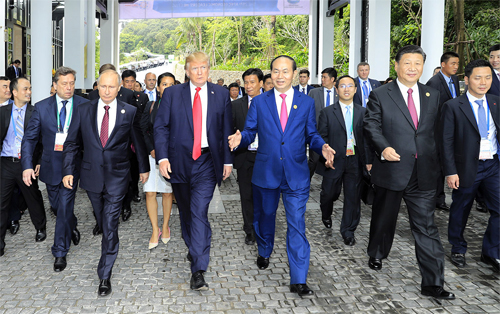 |
| APEC leaders attending the APEC Leaders' Week 2017 |
1. APEC 2017—convergence of power and trade
The APEC Leaders’ Week 2017 in early November in Danang is considered Vietnam's most remarkable foreign affairs event this year, highlighting the participation of the leaders of 21 APEC members economies.
Besides, the hosting of APEC 2017 plays an important role in creating record high foreign investment inflows. The APEC has highlighted Vietnam as a desirable destination for an increasing number of investors.
Thanks to hosting the event, Vietnam has become better known among foreign investors, reaching those who had yet to consider investing in Vietnam. Besides, being named among the world’s leading economies, such as the US, Japan, South Korea, Russia, Singapore or China, has improved Vietnam’s position tremendously.
In addition, Deputy Prime Minister Pham Binh Minh announced that as many as 121 arrangements with a total value of over $20 billion were signed between leading corporations over the world and Vietnamese businesses.
Thanks to the APEC 2017, Vietnam in general and Hanoi in particular for the first time welcomed Chinese President Xi Jinping and US President Donald Trump to Hanoi for two consecutive days. In the framework of the visits, a number of bilateral agreements between Vietnam and the US as well as memorandums of understanding between Vietnam and China were signed.
2. Senior leaders in hot water
On December 8, 2017, Dinh La Thang—a member of the Central Party Committee and Deputy Chairman of the Committee's Economic Commission—was arrested by the Ministry of Public Security’s Investigation Police Department in relation to two serious economic crimes during his chairmanship of the Member Council of Vietnam's oil and gas group PetroVietnam.
Thang was suspected of involvement in deliberate violations of state regulations on economic management, causing serious economic damages (Article 165 of the Penal Code), and abusing his position and authority to misappropriate state property (Article 280 of the Penal Code), causing a loss of VND800 billion ($35.16 million) in PetroVietnam’s investment in OceanBank.
He is also accused of having a role in the economic mismanagement and embezzlement at PetroVietnam Construction Corporation (PVC) related to the Thai Binh 2 thermal power project.
Previously, on September 16, 2016, the Investigation Police Department launched criminal proceedings against Trinh Xuan Thanh for alleged violations of state regulations on economic management resulting in losses of nearly VND3.3 trillion ($142 million) for PVC during his leadership.
After finding that Thanh had fled overseas, the ministry decided to issue a domestic and international arrest warrant. In August, he gave himself up after nearly a year of hiding.
Other high-ranking officials including Nguyen Xuan Anh, former Secretary of the Danang Party Committee, Vo Kim Cu, former Secretary of the Ha Tinh Party Committee, Vu Huy Hoang, former Minister of Industry and Trade, were in the list of inspection.
3. Largest typhoon of the past 30 years battered Southern and Central Vietnam
With wind speeds of up to 133 kilometres per hour, Damrey typhoon swept through Southern and Central Vietnam on November 4, two days before the APEC Leaders’ Week was opened.
The year’s 12th major storm resulted in the loss of 106 lives, with 25 people reported missing and 197 injured.
The typhoon caused VND22.6 trillion ($995.2 million) loss to the affected provinces. About four million people across 14 cities and provinces in Central and Southern Vietnam were affected by the typhoon, including 381,000 people in need of humanitarian assistance. The typhoon destroyed homes and inundated vast swaths of agricultural land, damaging crops.
4. Chaotic traffic jams at BOT tollbooths
In 2017, Vietnam saw a wave of protests against toll collection by local residents. The wave started in April at Ben Thuy 1 toll station when residents in Nghe An and Ha Tinh provinces used change to pay toll fees at a BOT tollbooth, causing a traffic jam that lasted several hours.
The wave spread to BOT tollbooths in Hung Yen, Thai Nguyen, Dong Nai, and Khanh Hoa, peaking in the chaos at Cai Lai tollbooth in the Mekong Delta province of Tien Giang in November.
Although it only started collecting fees from August 1, the toll station temporarily suspended operation from August 14 because of strong opposition from drivers.
Locals and drivers complained about the high fees (from VND35,000 to VND180,000—$1.5-7.8) and the toll station’s inappropriate location. The booth is on National Highway No.1, however, it collects fees for a 12-kilometre bypass of Cai Lay town, while some drivers only travel on the highway, not the bypass.
In the context of drivers’ outcry, the management opened barriers to drivers pass free. In early December, Prime Minister Nguyen Xuan Phuc ordered the temporary postponement of fee collection at the toll station for one to two months.
5. Saigon’s ‘sidewalk clearing’ campaign
The ‘sidewalk reclamation’ efforts began on January 16 when Doan Ngoc Hai, Deputy Chairman of the District 1 People's Committee, led a team of district officials and police officers to fine those occupying the sidewalks on multiple streets in the downtown area.
The fight against sidewalk encroachment stiffened in February when Hai set out to even demolish parts of state-owned buildings and to tow away cars that were parked on the pavements.
His campaign inspired other districts in Ho Chi Minh City to take up similar measures and gave rise to a nationwide movement to reclaim pavements for pedestrians.
However, after a few weeks of inaction from Hai and other district administrations, many of the sidewalks in District 1 and across Ho Chi Minh City that had been cleared are now once again in disorder.
6. Specific mechanisms for Ho Chi Minh City
In late November, the National Assembly passed a resolution to pilot special mechanisms to develop Ho Chi Minh City, with 93.69 per cent of deputies voting in a favour of the resolution.
The resolution will pilot special mechanisms and policies in terms of land management, investment, and finance-state budget for the southern metropolis.
The resolution also covers the mechanism on delegating power among different administration levels and the income of officials, public employees, and civil servants in the city.
The resolution will take effect from January 15, 2018.
7. GDP reaching new ten-year height
With 13 socioeconomic development targets accomplished and a GDP growth of 6.81 per cent—the highest in the last ten years—2017 is considered a special year for the Vietnamese economy.
All 13 economic goals set forth were accomplished and exceeded, contributing to developing an exciting business and investment environment and consolidating people’s confidence.
Notably, GDP growth hit 6.81 per cent, the highest in the past decade. Macroeconomic performance was stable. Inflation was brought under control, while exports surged sharply and the industry recovered at a remarkable pace.
The FDI sector made increasingly significant contributions to socioeconomic development. The amount of registered FDI capital set a new record since 2009, with $35.6 billion. Disbursed capital hit $17.5 billion, the highest figure over the last ten years.
The business environment and national competitiveness index also improved remarkably.
8. Rare medical complication
On May 29, 18 patients were suspected to have signs of anaphylactic shock during kidney dialysis at Hoa Binh General Hospital. Nine of the patients died.
Authorities blamed the deaths on the water used in the dialysis treatment and on the improper maintenance and operation of medical equipment.
After the incident, police in the northern province of Hoa Binh arrested three people for investigation.
Notably, Bui Manh Quoc, director of Tram Anh Water Treatment Company, has being investigated for manslaughter. Tran Van Son, a staff member responsible for medical equipment maintaince at Hoa Binh General Hospital, and Hoang Cong Luong, a nephrology doctor, were arrested for medical malpractice.
9. Foreign tourist arrivals breaking record
Vietnam is on track to receive as many as 12.8 million foreign tourists this year, a rise of 28 per cent on-year, having already broken the record of more than 10 million with still one month to go until the end of the year.
Official data from the General Statistics Office show more than 11.6 million foreign arrivals in Vietnam between January and November this year, up 28 per cent against the same period last year. Most of the visitors were from China, making up 30 per cent, followed by South Koreans with 18 per cent.
The accumulated revenue from tourism reached $23 billion, equalling 7 per cent of the GDP.
What the stars mean:
★ Poor ★ ★ Promising ★★★ Good ★★★★ Very good ★★★★★ Exceptional
Latest News
More News
- Promoting IP education at schools in Vietnam (March 27, 2025 | 08:00)
- PM calls for bold policies to drive education, healthcare development (March 26, 2025 | 12:00)
- FLC appeal hearing postponed, giving more time for compensation (March 26, 2025 | 11:55)
- Cross-border drug trafficking ring busted in Quang Binh province (March 21, 2025 | 16:35)
- Vietnam is the third happiest place in Asia (March 21, 2025 | 16:03)
- Hanoi aims to turn polluted To Lich River into green space (March 13, 2025 | 15:10)
- PM chairs meeting of 14th National Party Congress’s sub-committee for socio-economic affairs (March 13, 2025 | 15:06)
- Hanoi to renovate Hoan Kiem Lake area for park development (March 12, 2025 | 11:59)
- Vietnamese, Chinese cities to build smart border gate pair (March 12, 2025 | 11:54)
- Dong Nai aims for 13,000 new social housing units this year (March 12, 2025 | 11:49)




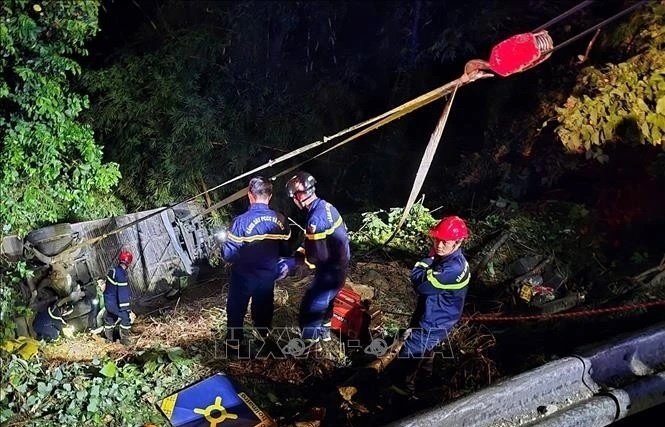


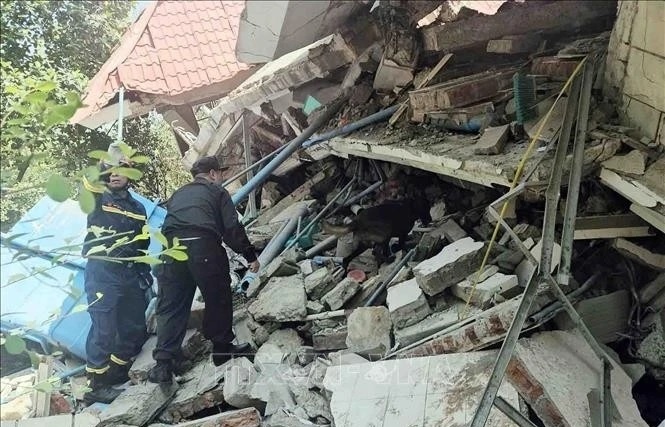
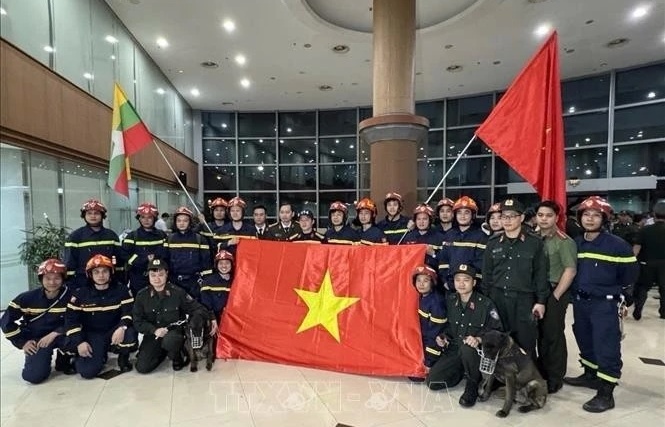




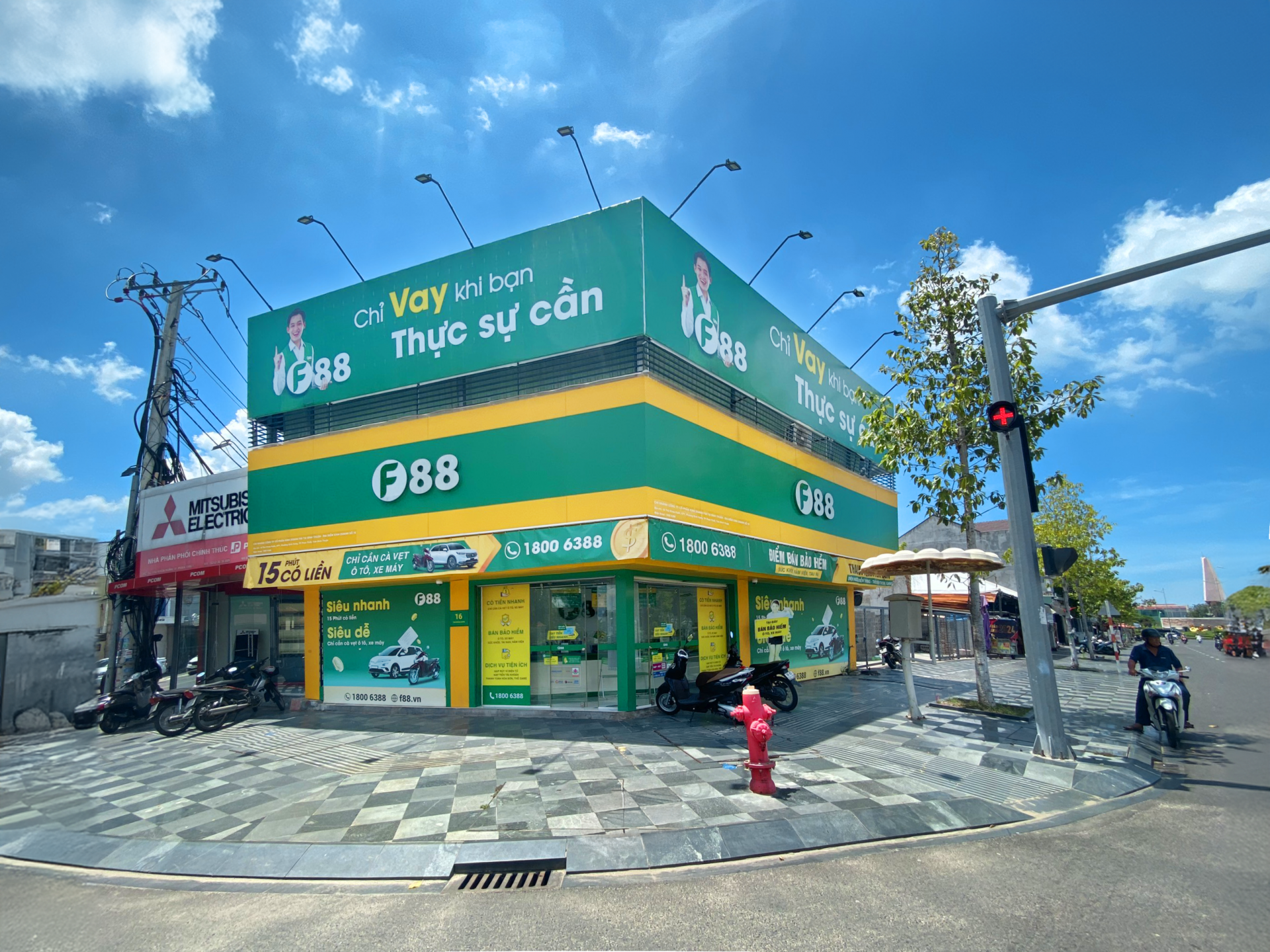





 Mobile Version
Mobile Version